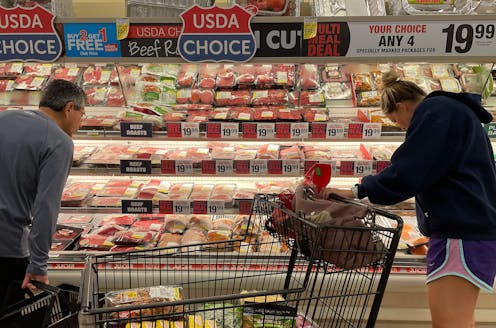
The launch of ChatGPT in 2022 marked a turning point for AI. In three short years, AI has been integrated into everything from our phone cameras to ...

A New National Digital Publication Designed to Make Sense of Modern Australia Sydney, Australia — 26 November 2025 — Times Media Australia today an...

Ozi.com.au: The New Benchmark in Australian Digital Services
In a digital landscape evolving at breakneck speed, Australian businesses are demand...

Young Brisbane entrepreneurs Daniel Mikus and James Rolph, cofounders of MR Group, have been officially crowned winners of the Specialist Services...

Regional Australia Bank and Summerland Bank will proceed with a merger after members approved the move at their Annual General Meetings this week...

In a fast-moving industry defined by continuous disruption, one independent creative agency is proving that longevity and innovation can go hand i...








